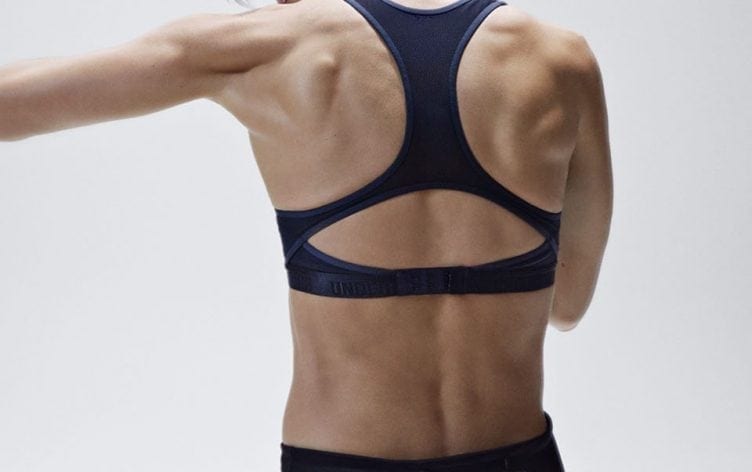
6 Moves for a Stronger Upper Back
Gym-goers are notorious for only working the muscles they can see in the mirror. That’s a strength-training cardinal sin because you miss out on arguably the most important quadrant of the body for strength and size: the upper back.
Building a big back isn’t easy, but it also isn’t complicated. You only have to do a few things:
- Pick up heavy things off the floor
- Pull heavy things toward your body
- Pull yourself up off the floor
With those three types of movements in mind, here are the six best exercises to build an upper back worth showing off:
1. Deadlifts
No other exercise hits more muscle groups at once than the deadlift. The upper back plays a crucial role in stabilizing the weight during deadlifts, making them an essential choice if you want a big, strong upper back. Aim for 2–3 sets of 8–10 reps.
You can perform them with a barbell:
If you’re newer to the exercise, try them with a kettlebell and a sumo stance.
2. Barbell Bent-Over Rows
Using a barbell lets you add more weight, leading to greater strength and muscle gains. The bent-over row will also improve your deadlift strength because the mechanics of the two exercises are similar.
Here’s how to do a bent-over row with a barbell:
Perform 2–3 sets of 5–12 reps with moderate to heavy weight. Do these at the beginning of your workout because they challenge the entire body, and doing them in a fatigued state makes it difficult to keep good form.
3. Single-Arm Dumbbell Rows
The dumbbell row is one of the most versatile back exercises because you can use any weight you want for low reps, high reps or anywhere in between. Plus, it’s plenty safe for your lower back because you can support yourself on a bench with your opposite hand and leg.
Two to three sets of 8–12 reps per arm work best, but you can do as many as 20 reps per side for a deep burn. Do these after your heavier back exercises such as bent-over rows and deadlifts.
4. Standing Single-Arm Cable Rows
Cable rows add a level of versatility to your upper back training because you can alter the angle of your elbow and wrist as you pull, letting you hit your back muscles from different angles. The standing position also enforces core stability, as you have to use your abs to resist rounding or arching your lower back.
Stick with higher reps and lighter weight for these, opting for 2–3 sets of 8–15 reps per arm. If you don’t have access to a cable machine, wrapping a resistance band around a stationary object works too.
5. Pull-Ups
Pull-ups are one of the best back exercises in existence, but until you have a certain level of strength and can do 10 or more bodyweight pull-ups, your back muscles won’t get much stimulation from the move. So, to reap the benefits, you need to practice your pull-ups and increase the number of reps you can do.
Stick with the previously mentioned exercises first, and practice them 2–3 times per week with multiple sets of low reps (3–5 reps per set) with band-assisted pull-ups to build your technique. Once you’re proficient with the exercise, pull-ups can then be a valuable upper back builder.
6. Inverted Rows
The next-best body-weight alternative to pull-ups is the inverted row, which lets you use the resistance of your own body to strengthen your upper back. Simply grab a barbell set up in a power rack at about hip-height, and you’re good to go.
The key to effective inverted rows is keeping your body in a straight line from head to toe. Make sure to squeeze your abs and glutes so your hips don’t sag toward the floor. Do 2–3 sets of 8–20 reps, and get a tight squeeze in your shoulder blades at the top of each rep.
Back to Basics
Building a strong upper back is entirely possible with a few basic exercises. Pick the deadlift and row variations that work best for you, and you’ll be on your way to a bigger, better upper body.
































